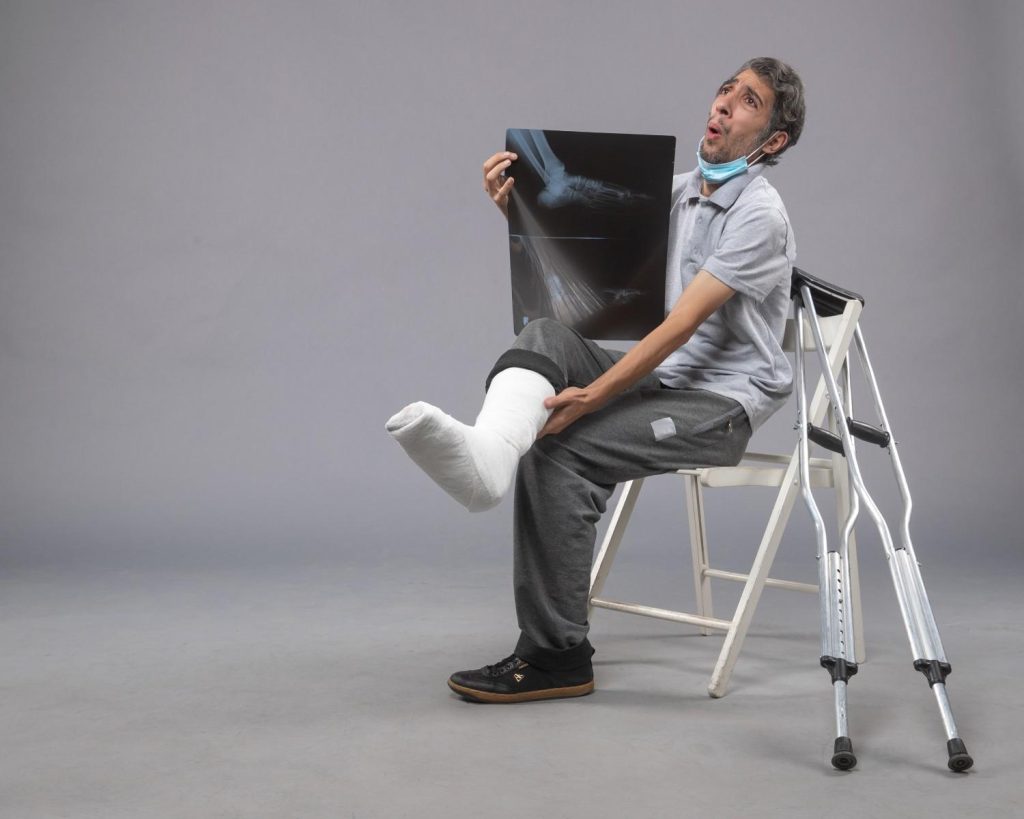Your Spinal Cord Injury is a bundle of nerves that runs down the middle of your back. It carries signals back and forth between your body and your brain. A spinal cord injury disrupts the signals. Spinal cord injuries usually begin with a blow that fractures (breaks) or dislocates your vertebrae, the bone disks that make up your spine. Most injuries don’t cut through your spinal cord. Instead, they cause damage when pieces of vertebrae tear into cord tissue or press down on the nerve parts that carry signals.
Spinal cord injuries can be complete or incomplete. With a complete spinal cord injury, the cord can’t send signals below the level of the injury. As a result, you are paralyzed below the injury. With an incomplete injury, you have some movement and sensation below the injury.

SCIs are graded according to the American Spinal Injury Association (ASIA) grading scale, which describes the severity of the injury.
The scale is graded with letters:
injury is complete spinal cord injury with no sensory or motor function preserved.
a sensory incomplete injury with complete motor function loss.
a motor incomplete injury, where there is some movement, but less than half the muscle groups are anti-gravity (can lift up against the force of gravity with a full range of motion).
a motor incomplete injury with more than half of the muscle groups are anti-gravity.
normal.
A comprehensive rehabilitation program is critical to successful recovery of patients with spinal cord injury and re-integration into society / community. We focus on
Strength and Movement Therapy using MotoMed. This provides much more effective and intense therapy for arms and legs compared with manual therapy alone.
Functional electric stimulation
Manual physical therapy
Gait training
Computerized balance and coordination training
Non-invasive SPINAL CORD STIMULATION
A4 Clinics is a chain of clinics that provides advanced technology-enabled rehabilitation for patients with BRAIN DISEASES. This is the brain-child of Dr. Abha Agrawal, MD, FACP, FACHE (USA).
Copyrights © 2015-2025 All Rights Reserved by A4 Clinics Pvt. Ltd.